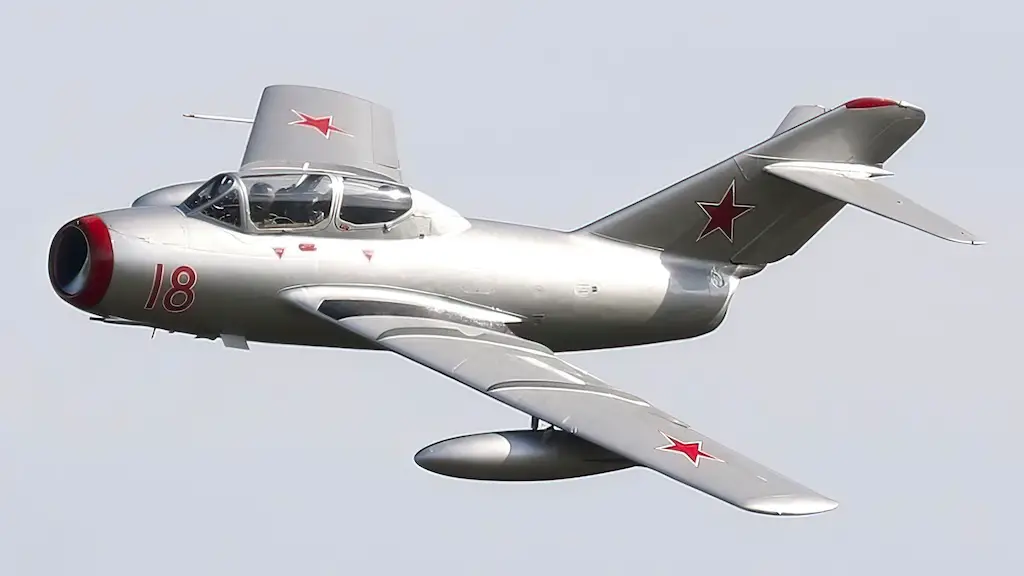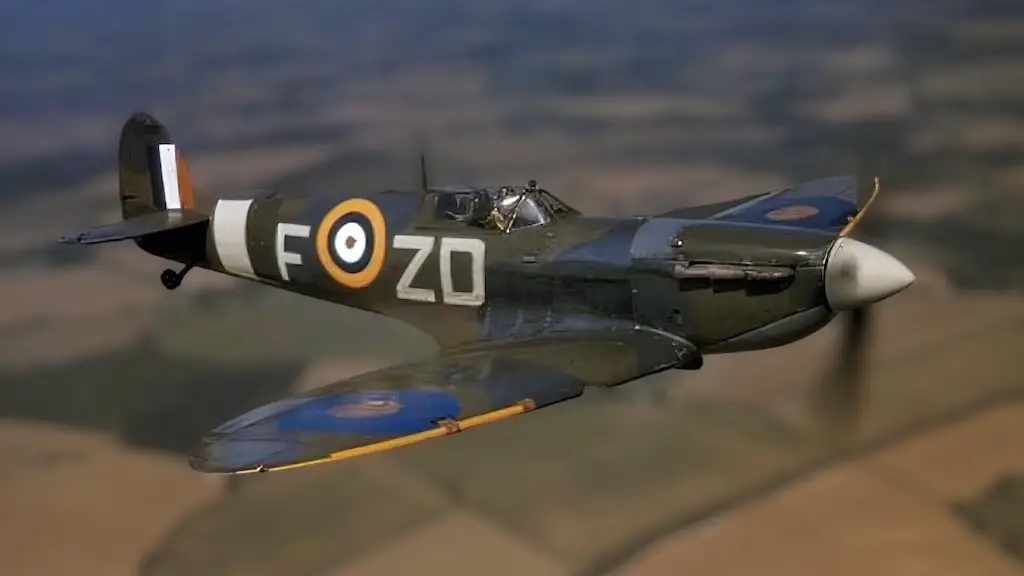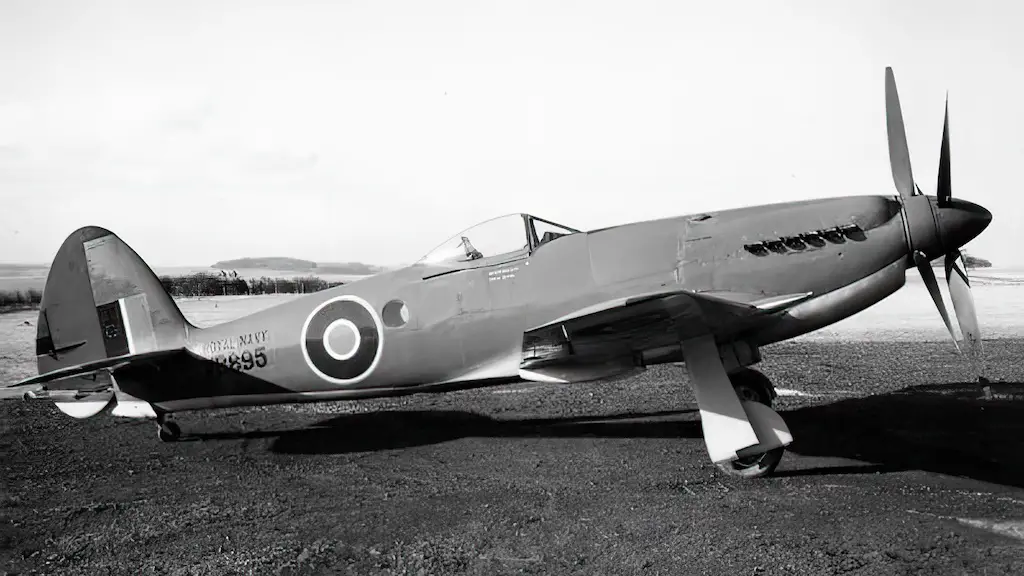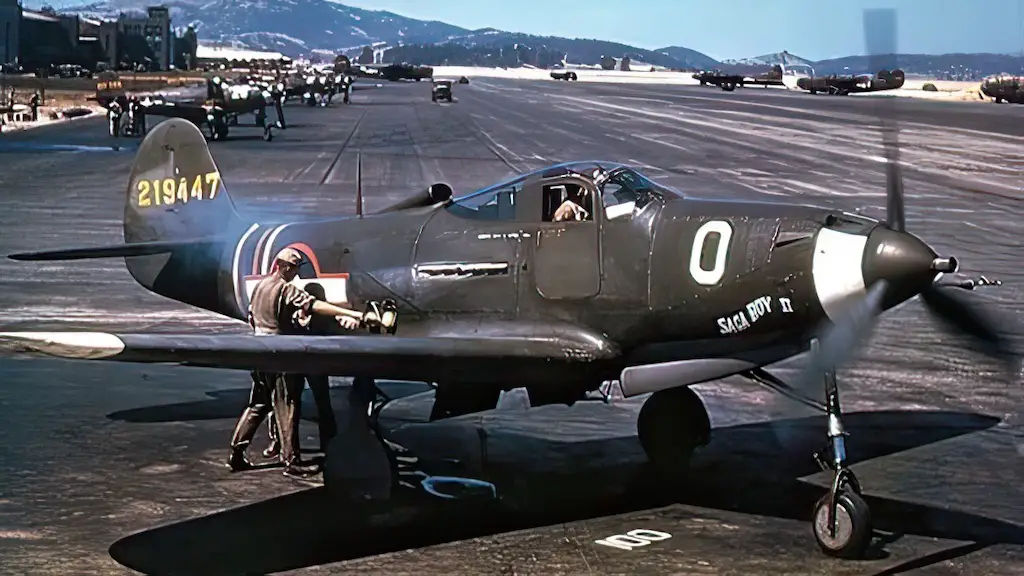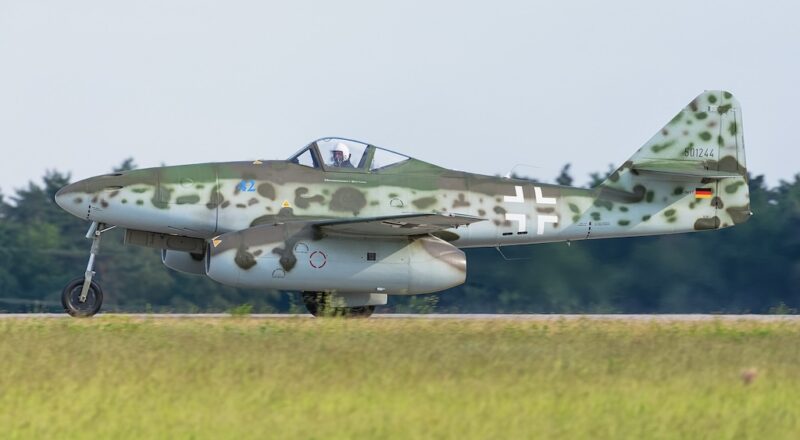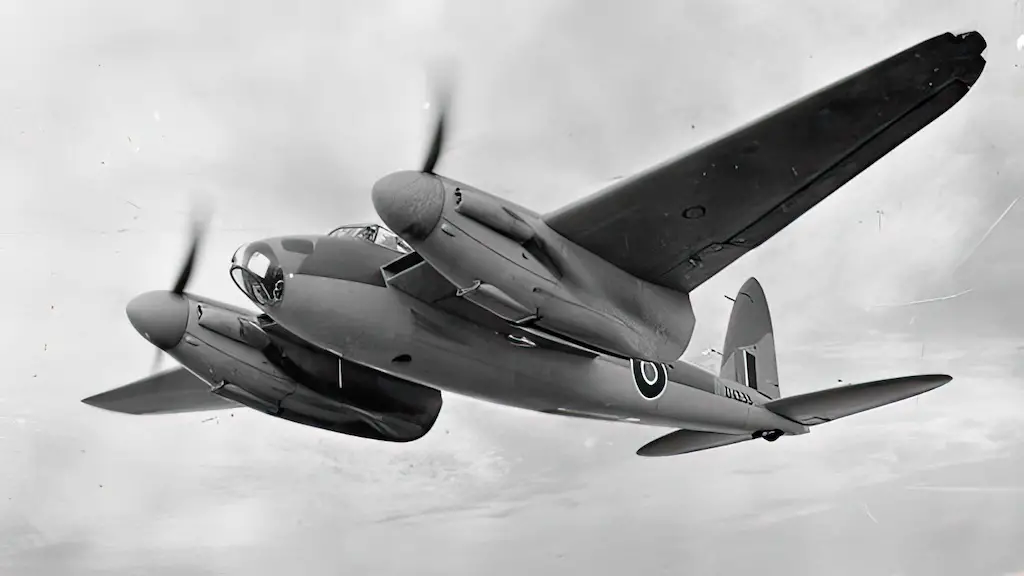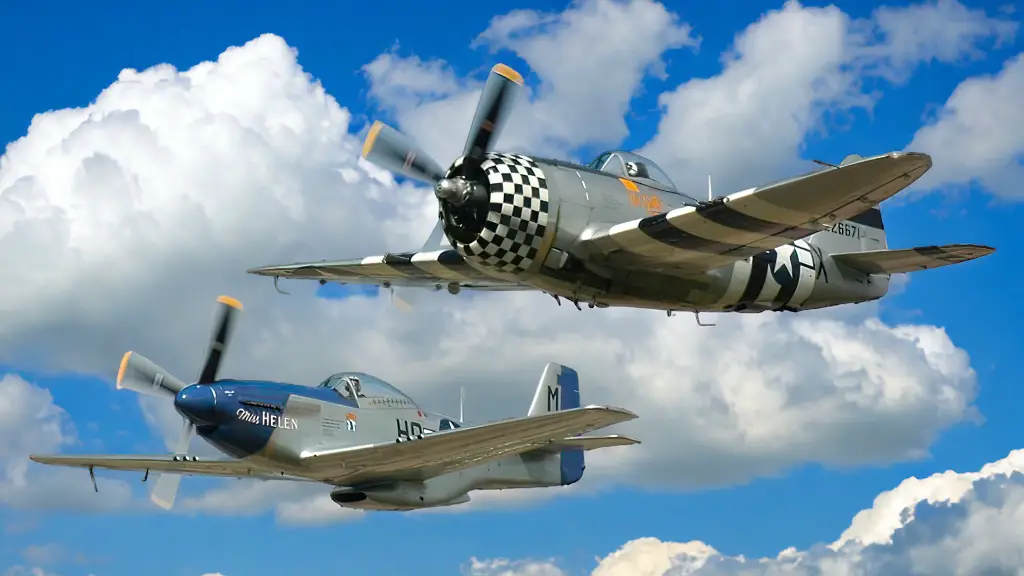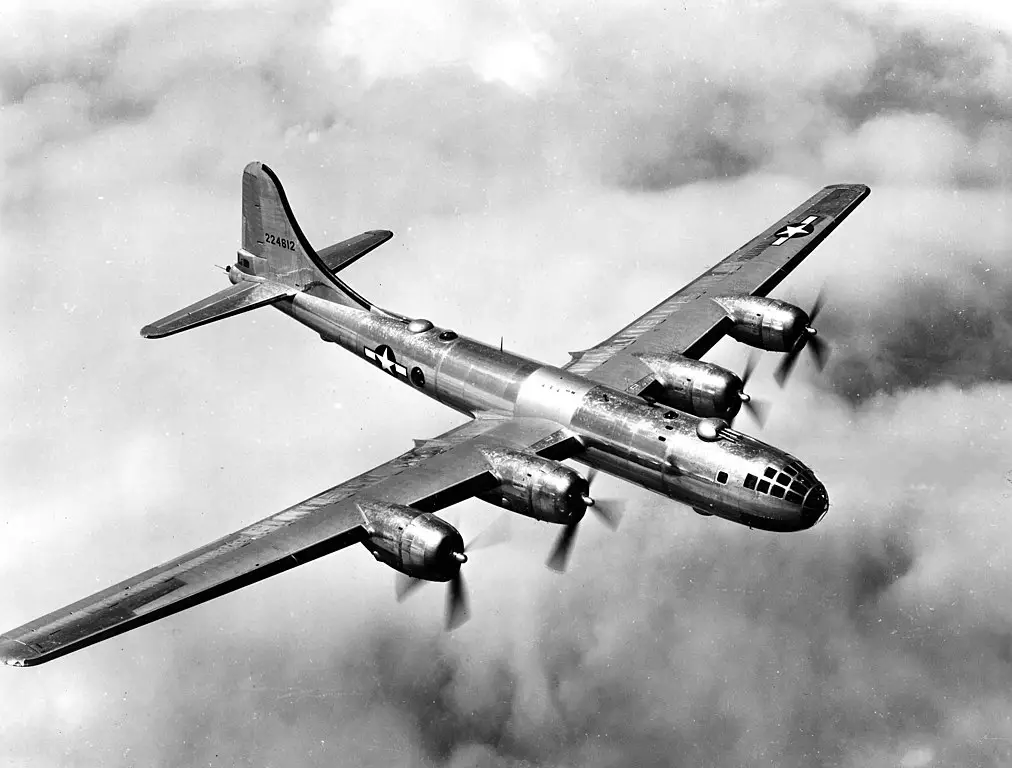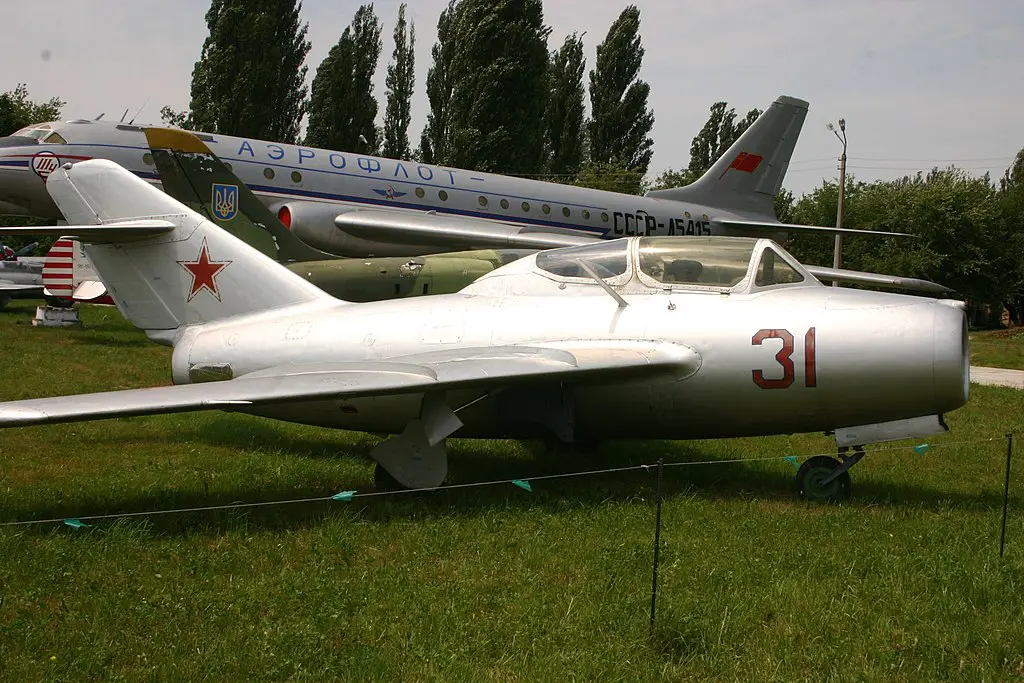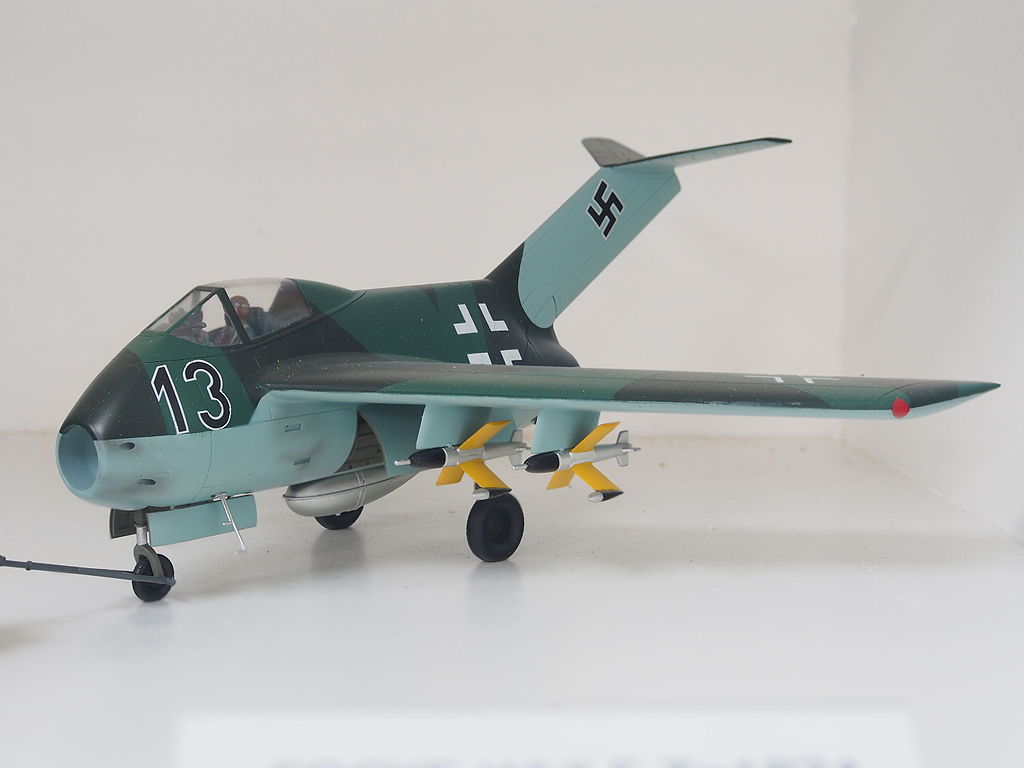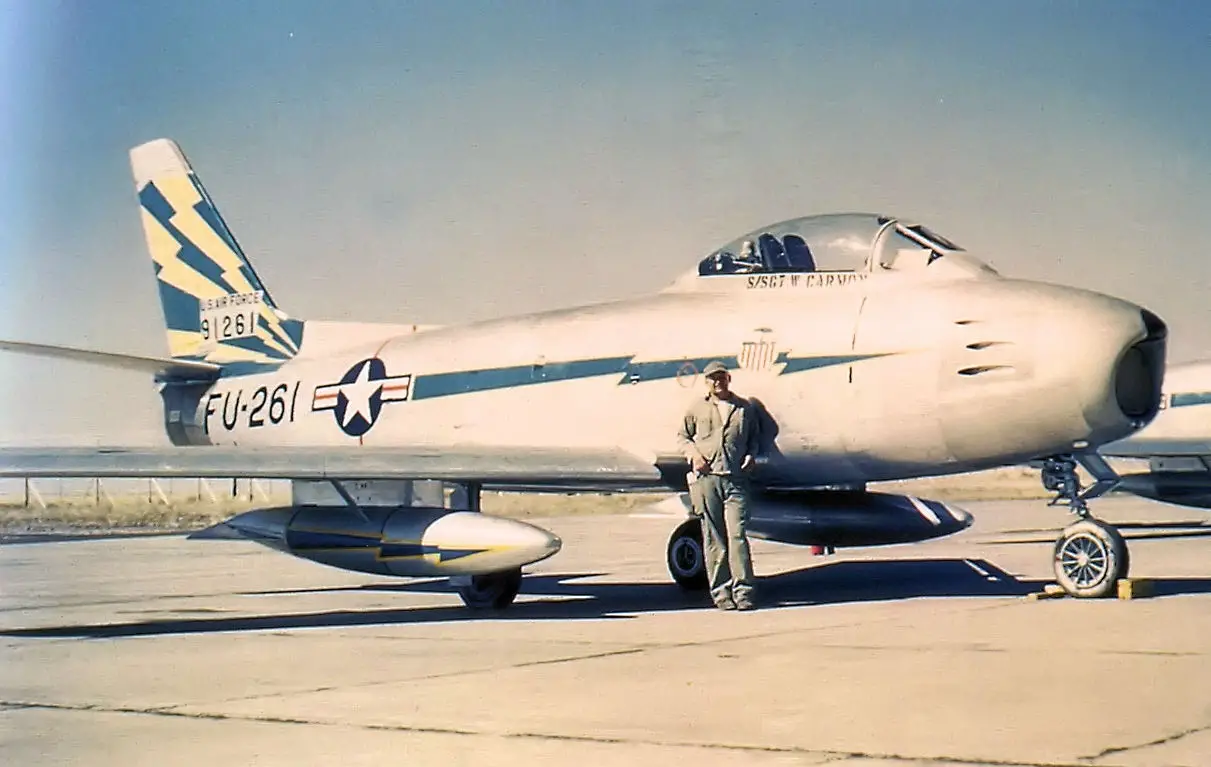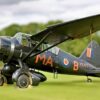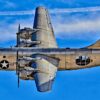The reasons for the Korean war were far and between, however, it can be simplified fairly easily within the context of the bipolar international political system: The People’s Democratic Republic of North Korea was heavily supported by the Soviet Union and Eastern bloc while the South Korean Republic was backed by the United States of America and the North Atlantic Treaty Organisation (N.A.T.O).
Although obsolete in its basic fighter version, Mikoyan -Gurevich MiG-15, also known as the MiG-15 UTI “Midget”, survives in considerable numbers in its two-seat trainer version. Nonetheless, during the Korean War (June 25, 1950 – July 17, 1953) it was the main battle aircraft of the North Korean forces piloted by cadets from North Korea and China. Russian veteran pilots were present but they did not man the entire aerial.
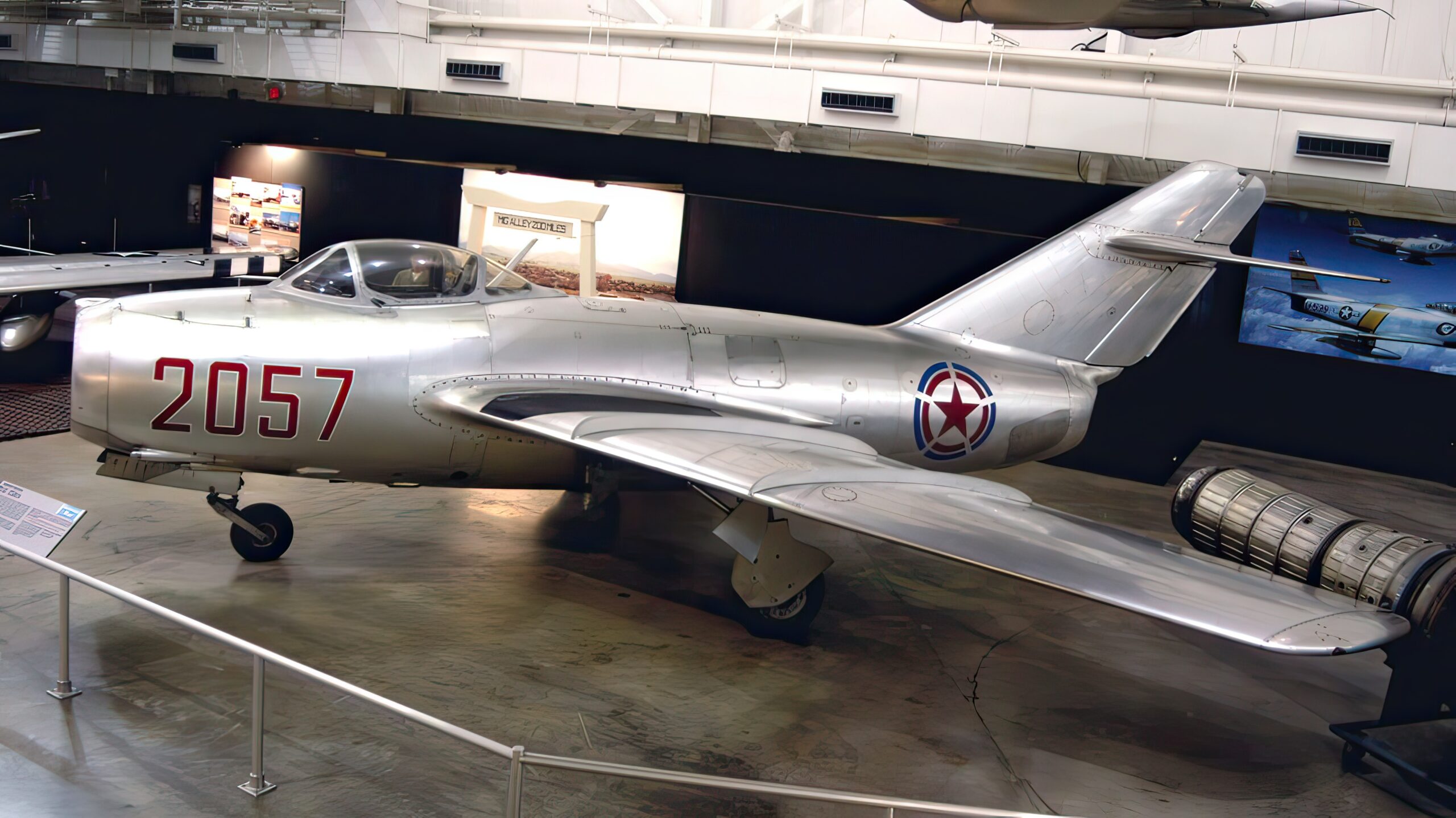
Early Production
Late-war German and Russian research gave rise to the design of the MiG-15 in 1945-1946, and the first prototype was not unlike the Focke-Wulf Ta 138 (a last ditch-attempt by the Germans to build a jet that outmatched its allied counterparts and turn the tide of the war).
The British government supplied the Soviet Union with a batch of Rolls-Royce Nene turbojets which solved their problem of not finding a suitable engine. The Nene turbojets were then copied by the Klimov bureau under the name RD-45; and later upgraded versions were designed in the VK-1 series.
The first prototype MiG-15 was lost soon after its first flight in July 1947, but a second and thoroughly revised prototype flew towards the end of the same year. The aircraft was then ordered into production in March 1948 with deliveries beginning in 1949.
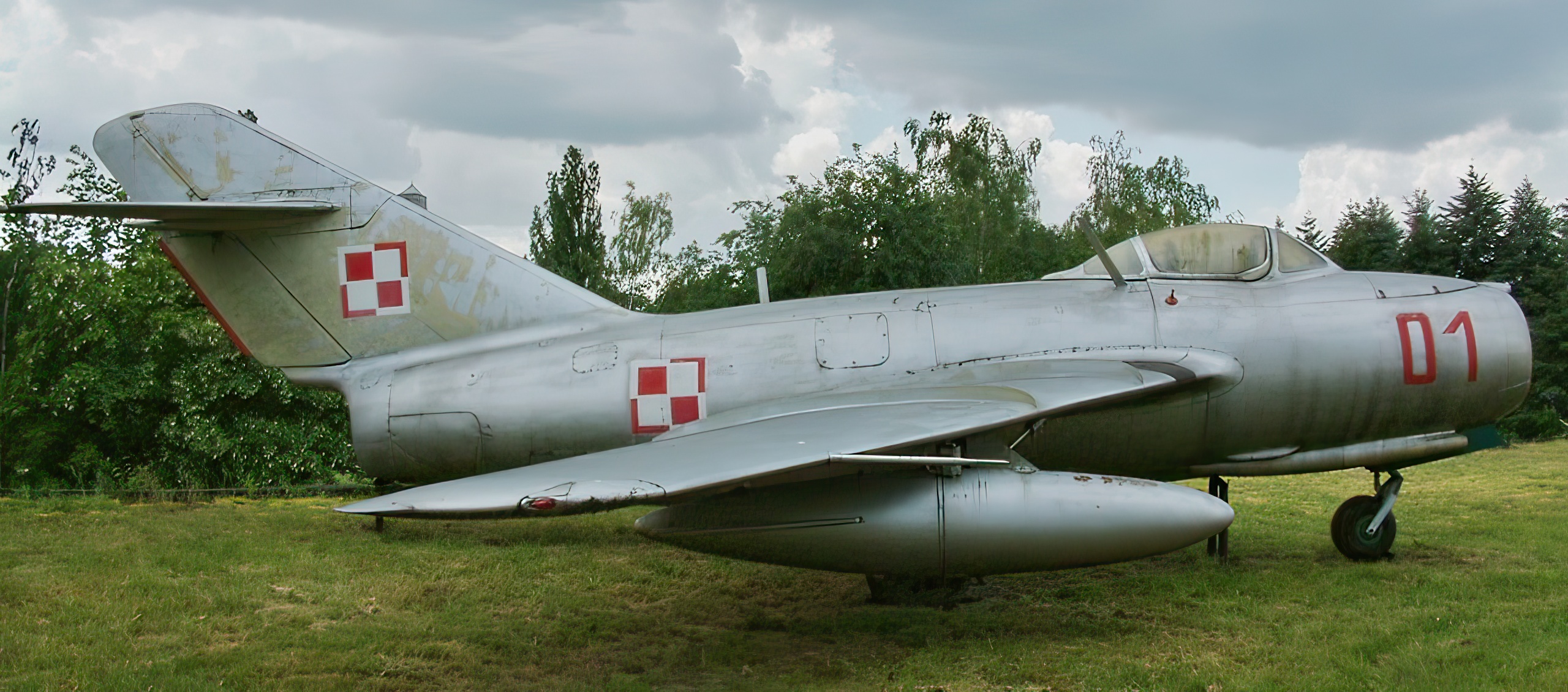
Combat Performance
The MiG-15 first saw action in November 1950 during the Korean War. It proved to be an unpleasant shock to the West, who were only able to scramble one fighter in the same class, the F-86 Sabre. The MiG-15 fairly outclassed the F-86 Sabre. The Soviet fighter had better climb rate, ceiling, acceleration, armour, and firepower. Despite all that, the F-86 Sabre did somehow withstand the MiG-15 onslaught. That was thanks to their well-trained pilots and better equipment.
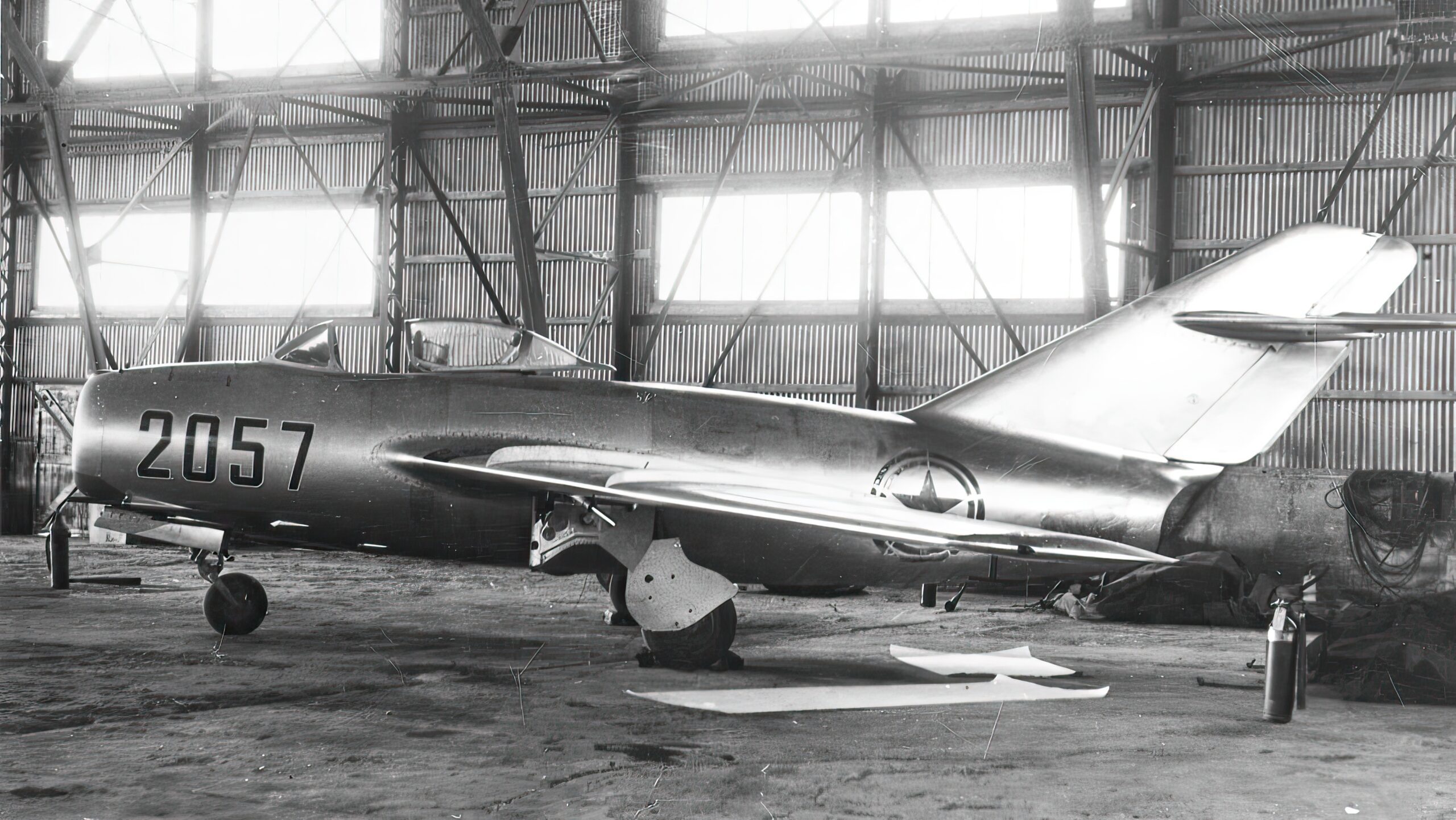
The F-86 did also perform better in combat in terms of enemy planes downed to friendlies lost, but that could be attributed to not only the presence of well-trained or veteran U.S. and allied pilots, but to the lack of experienced fighters on the North Korean side in the first place. In 1951, a decision was made by Soviet Premier Ioseb Jugashvilli (Joseph Stalin) to replace the veteran WWII pilots with young cadets who had little to no combat experience. This shift in personnel further exacerbated the losses incurred by the Soviets and North Korean, and boosted the morale of a demoralised US Airforce after managing to gain some aerial victories.
Tactical Advantage
The MiG-15 had two major tactical advantages. The first was that it rendered the infamous B-29 effectively useless; as the MiGs were able to pummel them from an effective range of 1000 meters with their powerful 37mm N-37 and two 23-mm NS-23 cannons. The .50 cal machine guns of the bombers and even the F-86s for that matter could only be efficient from a distance of 400 meters.
It could so bad for the US Americans, that from November 1951, B-29s stayed on the ground during the day; and bombing missions were flown only at night. The second tactical advantage was that the MiG could outclimb F-86 and virtually escape from any harm after successfully conducting a mission.
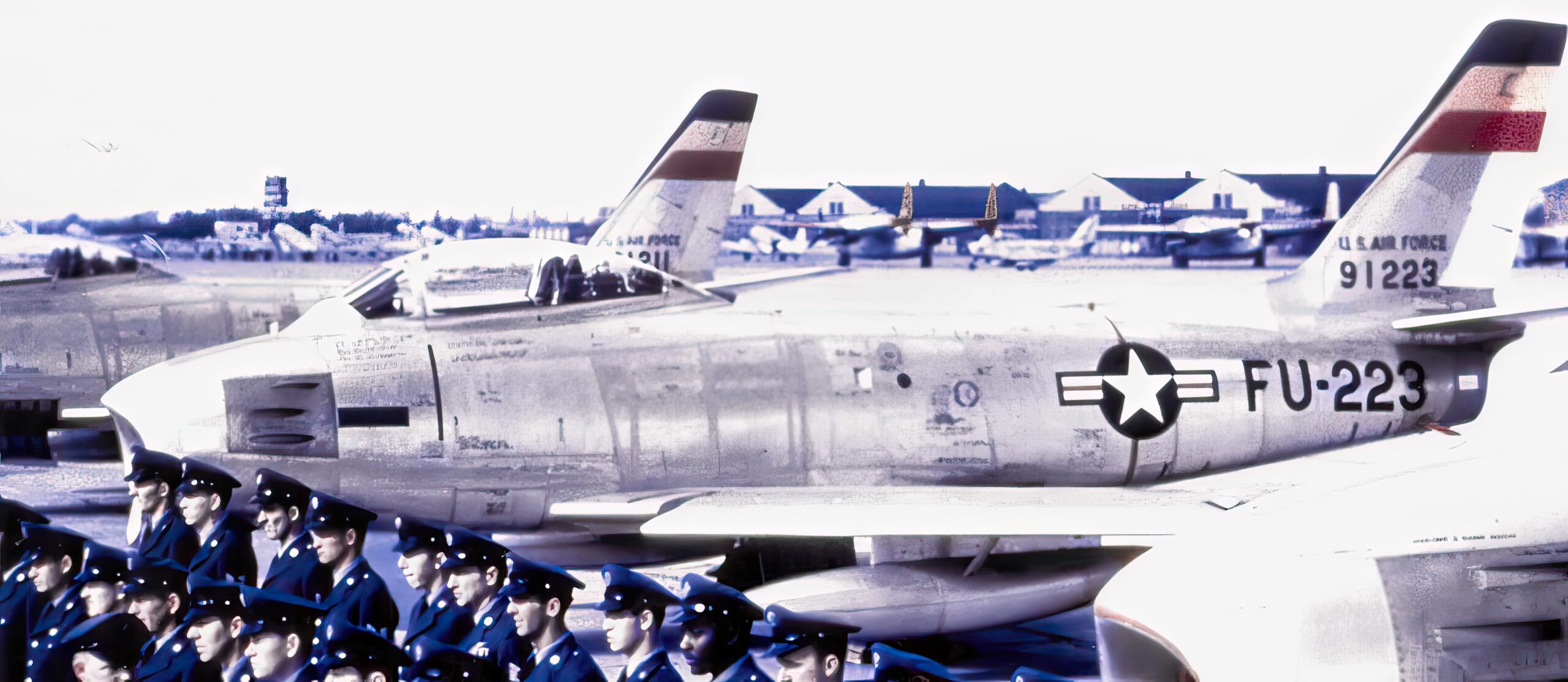
Dispute over losses
Both sides of the conflict claim that the other suffered more casualties and theirs did not. While the Soviet and Chinese classified documents over the conflict became declassified, the US Americans are still holding on to their theories. The counting systems for downed planes differed, as the Soviets had a more arduous method of photographing the enemy plane in its pristine condition and then another after it was destroyed.
But whenever the enemy plane would be lost at sea or in a dense forest it would not even be counted as a victory. The US Americans had a more lenient counting systems that would allow for over-counting to occur. No matter who downed more planes than the other, the fact remains that the MiG-15 did shock the West and made it pay dearly over the skies of Korea.

